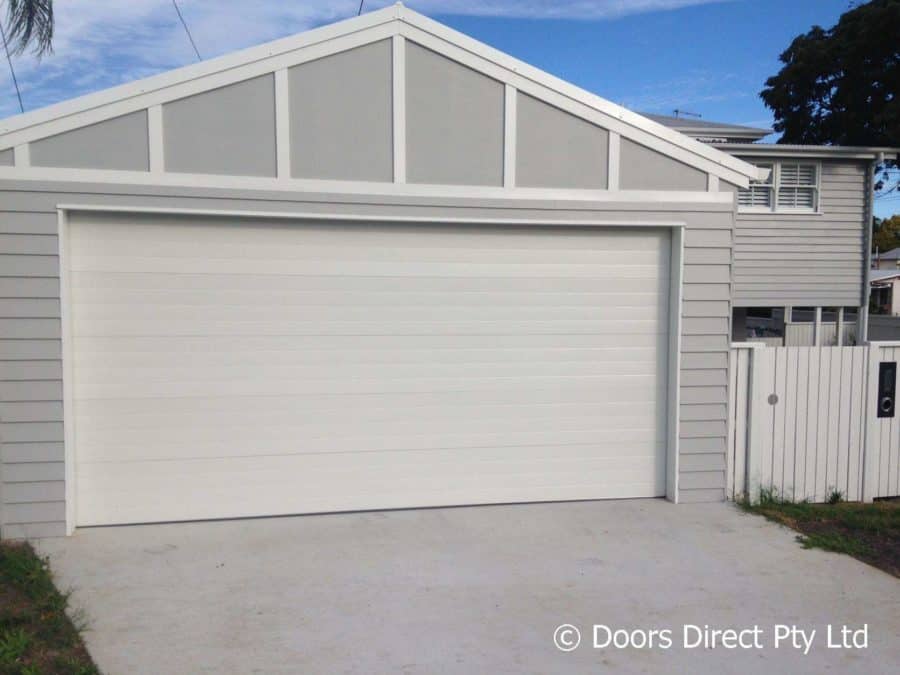How To Extend The Life of Your Garage Door
Leaving for your morning commute to get to work on time could be a struggle if your garage door won’t go up. Most homeowners don’t have their garage door, and its openers inspected regularly. Inspections help spot problems before they become a danger, especially in homes with children and pets.
It’s generally recommended to have a professional inspection every 2 years, but here are some things you can check on your own. We recommend that you check these 10 things every three to six months. If problems are not addressed with regular maintenance and service, your warranty could become void. For more information

1. Watch and Listen to the Door While it’s Moving
You can actually check your garage door yourself by listening to the door when it is opening and closing.
A functioning garage door moves smoothly and without much noise. If your garage door makes scraping or grinding movements and catches on its tracks, there could be an issue. Check to be sure the bolts and roller brackets are not loose. You can tighten loose hardware with a socket wrench.
The average garage door goes up and down about 1,000 times every year, and the repeated motion and vibration can jar hardware out of place.
2. Check to Make Sure the Door is Balanced
First, disconnect the opener from the garage door, then manually move the door up and down about halfway. The door should stay in place. If the door moves on its own, the garage door is not balanced.
Unfortunately, most homeowners won’t be able to fix this themselves. A professional garage door specialist would be trained in how to balance the door properly.
3. Replace the Batteries in the Remote Regularly
Most of us open and close our garage door multiple times a day. It’s important to replace the batteries on your remote so you’re not stuck outside hitting a button that does not work. The manual for your remote should tell you how often to replace the batteries.

4. Replace the Weather Seal
A garage door usually has a rubber weather-seal on the bottom of the door. Make sure it’s not cracked or causing the door to jam. You may have to adjust it or just replace it entirely.
5. Lubricate the Moving Parts
Lubricating the springs and the chain can help the moving parts operate smoothly when the door closes and opens.
For the springs, use a rag to apply spray lubricant. These are the parts that move your door every time you press the remote. You can also loosen plastic hinges with silicone spray.
6. Check the Cables and Springs
On Sectional/ Panel doors, the cables and springs are the parts that lifts the door using a pulley mechanism. Check to make sure they are not damaged. If you notice the signs of wear or fraying due to friction, this is another repair most homeowners can’t safely do without training. High tension cables can seriously injure you, it’s always better to call a professional rather than try doing it yourself.

7. Test the Auto-Reverse Safety Feature
Every modern garage door has two safety features to keep a door from coming down on top of people living in the home or their pets – a mechanical safety and a photo beam.
You can test the mechanical safety feature by putting a piece of wood or a brick under the garage door and closing the door. The door should automatically go back up once it touches the object. If it doesn’t, you will have to adjust the down force control limit, which should be listed in the instructions in the opener’s manual.
You can check the second safety feature, the photocell with photo-eye sensors, by placing an object within the path of the beam quickly after closing the door. If the door stops closing, the sensor is working. If it doesn’t, clean the sensors with a damp cotton ball and try again.
8. Remove Rust
Steel doors may get rusty over time. Find the rusty spots, then sand, prime, and paint over them. Wooden doors may crack over time and need repainting to protect the wood from weather.
9. Clean the Tracks
A garage door specialist would be able to recommend a cleaner for the tracks. Remember, don’t lubricate the tracks or use an all-purpose cleaner because this can affect the door’s balance.

10. Wash Your Garage Door
Finally, garage doors need to be washed periodically with an all-purpose cleaner. You can do this at the same time you’re washing your car on the weekend or doing yard maintenance.
At Doors Direct, we recommend that you clean your door with a wet rag once a month but more often if you have a beachfront property. However, don’t clean the automatic opener, that usually voids the warranty and puts you at risk of being electrocuted.
However, there are some things you just can’t do at home. You should also never under any circumstance try to repair the spring by yourself as well as the pulley. Overhead door spring accidents have been known to cause serious or fatal injuries.
Use common sense; don’t stand underneath or near a moving garage door, and do not place your fingers or any other body part between door panels or moving parts of the garage door while it is moving to avoid serious injury. For more information, read our guide on knowing when to repair a garage door.
If you’re experiencing any of your own garage door troubles or need an annual service, don’t hesitate to contact Doors Direct.
Contact Us Garage Door Repairs

